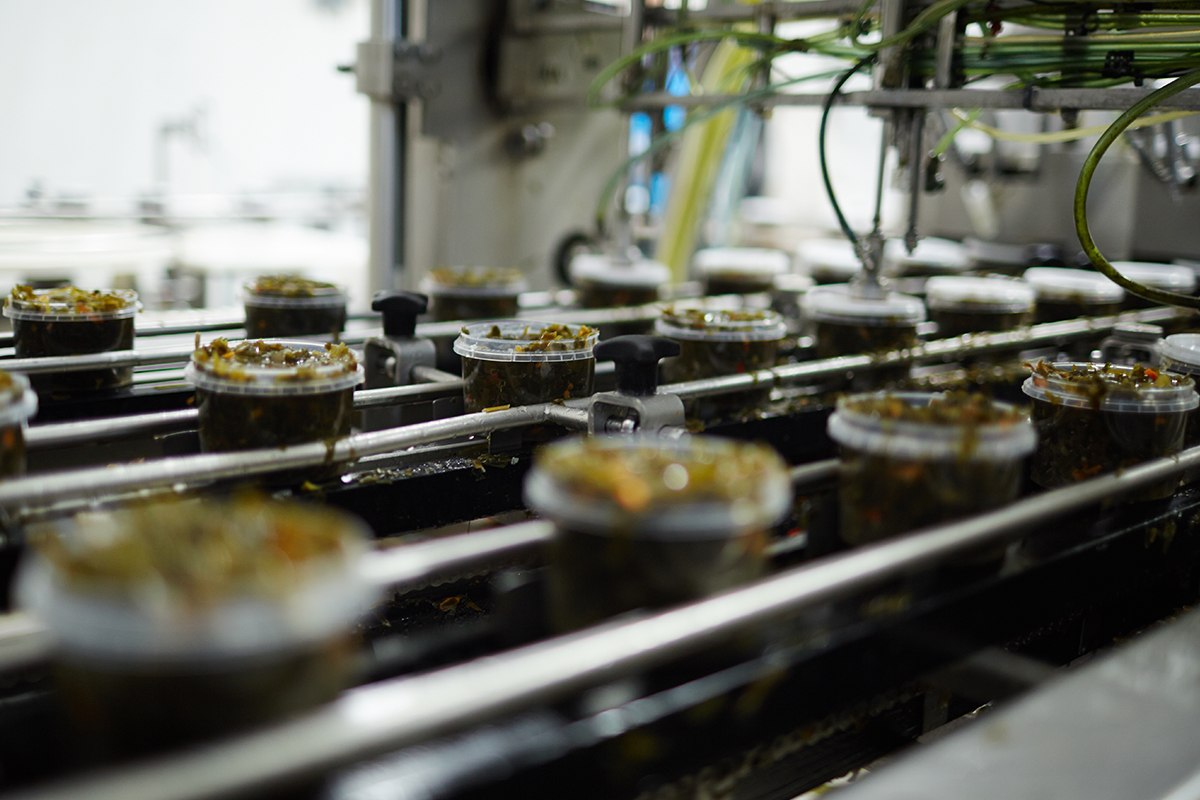The Importance of Food Packaging in Safety and Quality
Food packaging serves multiple purposes beyond containment and presentation. It acts as a protective barrier against contamination, physical damage, and environmental factors such as moisture, light, and oxygen. However, not all packaging is created equal. The material and process used must comply with the requirements of food packaging that guarantee safety and prevent harmful substances from leaching into food.
Unsafe or non-compliant packaging materials can lead to serious health risks. Migration of chemicals, exposure to toxins, or microbial contamination can compromise food integrity. Therefore, understanding and adhering to food safety requirements for packaging is crucial in protecting consumers and ensuring regulatory compliance.

Key Principles Behind Food Safety Requirements for Packaging
The requirements of food packaging are based on certain core principles that aim to ensure both the physical and chemical safety of the packaged product. These principles include:
Material Safety:
Packaging materials should be non-toxic, non-reactive, and suitable for direct contact with food. Common materials include glass, metal, paperboard, and food-grade plastics—all of which must meet regulatory standards for safety and purity.
Barrier Protection:
Packaging must prevent exposure to contaminants, air, and moisture. Barrier properties ensure that external elements such as dust, bacteria, and odours do not affect food quality.
Durability and Integrity:
Packaging should withstand handling, transportation, and storage without compromising its protective function. Leaks, punctures, or deformities can lead to contamination or spoilage.
Labeling Compliance:
Accurate and clear labeling is a legal requirement under most food safety laws. Packaging should display essential information such as ingredients, nutritional value, manufacturing date, expiry date, and storage instructions.
Sustainability Considerations:
Increasingly, regulators encourage eco-friendly and recyclable materials. Sustainable packaging must still meet all food safety requirements for packaging while reducing environmental impact.
Regulatory Framework for Food Packaging Safety
In India, the requirements of food packaging are governed by the Food Safety and Standards Authority of India (FSSAI). The FSSAI sets forth strict guidelines to ensure that packaging materials do not alter the food composition or cause harm to human health. These guidelines are part of the Food Safety and Standards (Packaging) Regulations, which outline the specific responsibilities of food business operators (FBOs).
Globally, similar frameworks exist. The U.S. Food and Drug Administration (FDA) and the European Food Safety Authority (EFSA) regulate packaging materials and ensure compliance with migration limits and toxicology standards. These international norms have influenced Indian policies, ensuring that food safety requirements for packaging meet global benchmarks.
Types of Packaging Materials and Their Safety Standards
Plastic Packaging:
Plastics used in food packaging must be food-grade and free from harmful chemicals such as BPA and phthalates. FSSAI regulations specify which polymers are safe for use and under what temperature or storage conditions.
Glass Packaging:
Glass is one of the safest materials, being chemically inert and impermeable. However, care must be taken to prevent breakage and contamination during handling.
Metal Packaging:
Tin and aluminum containers must have non-toxic coatings to prevent chemical reactions between the metal and the food. Canning processes must also adhere to sterilization and sealing requirements.
Paper and Cardboard:
While widely used for dry foods, these materials must be coated with food-grade layers to prevent grease and moisture penetration. Recycled paper can only be used if it meets the prescribed hygiene and chemical standards.
Biodegradable and Compostable Materials:
As sustainability becomes a major focus, biodegradable options are gaining traction. However, they must still conform to food safety requirements for packaging, ensuring that no harmful residues remain after degradation.
Testing and Validation for Packaging Safety
Before being approved for use, packaging materials undergo rigorous testing to ensure compliance with food safety requirements for packaging. These tests include:
Migration Testing: Ensures that chemicals from packaging do not leach into the food.
Physical and Mechanical Testing: Checks for strength, barrier resistance, and durability.
Microbial Testing: Confirms that packaging materials do not promote bacterial growth.
Shelf-life Studies: Assess how long the packaging maintains food safety and quality.
Food manufacturers must document and maintain records of these tests as part of their food safety management system.
Technological Innovations in Food Packaging Safety
Modern technology is revolutionizing packaging safety. Smart packaging, for instance, integrates sensors that detect spoilage or temperature variations. Antimicrobial coatings and vacuum-sealed containers are also becoming more common to prevent bacterial growth and extend shelf life.
In addition, the move toward digital traceability allows companies to track packaging materials across the supply chain, ensuring that all requirements of food packaging are met from production to delivery.
Challenges in Implementing Food Safety Packaging Standards
Despite regulations, several challenges persist:
Lack of Awareness: Many small-scale manufacturers are unaware of the stringent food safety requirements for packaging.
Cost Implications: Complying with standards often requires investing in advanced materials or equipment.
Copyright Materials: The use of substandard or fake packaging materials remains a concern, especially in unregulated markets.
Sustainability Balance: Achieving both safety and eco-friendliness in packaging is still a developing area.
To overcome these challenges, industry-wide training, awareness programs, and third-party audits are essential.

The Role of Training and Certification
Training programs play a vital role in educating professionals about the requirements of food packaging. Understanding the correct use of materials, labeling norms, and testing procedures can help ensure compliance and reduce risks. Obtaining a food safety certificate online is one of the most efficient ways for professionals to gain the necessary expertise and stay updated on regulatory changes.
Conclusion
Packaging safety is not just a regulatory necessity—it is a responsibility that protects consumer health and builds trust in food brands. Meeting food safety requirements for packaging helps businesses maintain product integrity, extend shelf life, and comply with national and international standards.
Organizations like FICSI (Food Industry Capacity & Skill Initiative) are at the forefront of providing specialized training and certification programs that educate professionals on the requirements of food packaging, labeling laws, and hygiene standards. Through these initiatives, FICSI continues to support the industry in achieving excellence, sustainability, and safety in every packaged product that reaches the consumer’s table.